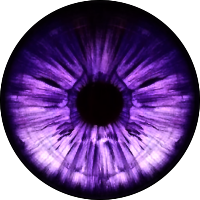I've had good success with creating maps in Roll20 from many tiles. Map tiles can be found in the Roll20 Art Search coming from Marketplace or From The Web, or from your Library uploads. Roll20 has some cool optimizations to load only the portions of images that a player-viewer is looking at, scaled for their zoom level, so an especially large map is not necessarily loading all at once. The performance of loading the page, however, is still dependent on the power of the viewer's computer, so a larger map on an older computer could start to cause lag like you described. Another option is to assemble your maps in a graphics editor program like Photoshop or GIMP, and then upload the finalized map (or use as a background and continue to add more pieces on top in Roll20). This can sometimes save you on bandwidth, performance overhead. When you buy tile packs from the Roll20 Marketplace, many are enabled and permitted for downloading to use in your graphics program. Return to Roll20 Marketplace to a graphics pack you've purchased to find the download link for editing on your computer. Here are some helpful wiki pages that comment about this. Image Best Practices, <a href="https://wiki.roll20.net/Image_Best_Practices_for_R" rel="nofollow">https://wiki.roll20.net/Image_Best_Practices_for_R</a>... Optimizing Roll20 performance, <a href="https://wiki.roll20.net/Optimizing_Roll20_Performa" rel="nofollow">https://wiki.roll20.net/Optimizing_Roll20_Performa</a>... If you have more questions about this after reading the wikis, feel free to post again.








